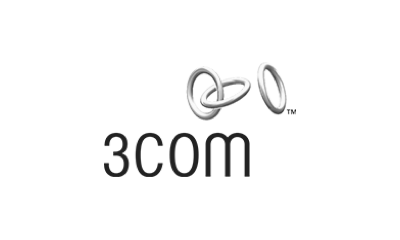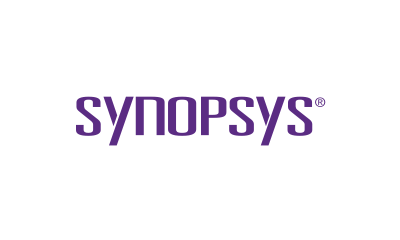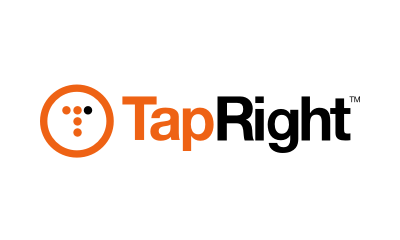How To Make a Software Product That Actually Matters
Posted by Tech.us Category:
Designing an amazing software application is considerably difficult. And those who have already dipped their toes in the creation of a digital product would agree wholeheartedly.
Now more than ever, businesses are becoming driven heavily by two things:
- The implementation of software in their operations.
- The user experience between them and their customers relying more on online interactions across multiple devices and is omnichannel (apps, social media, websites, video, etc.).
If anything, this shift has resulted in countless startups and companies going after the creation of software products that have a longer-lasting impact on the end-users.
Designing and creating software products involves all the usual processes needed to launch a product in the market. Business strategies must be well thought out, planned, and implemented. Ample research is necessary along with the conceptualization of the design. It then needs to be engineered, managed properly, marketed, and deployed to the target consumer.
The entire process involved in building technology is easily like a complex game with many players (stakeholders) and moves (opinions) involved. Let’s take a look at how businesses and entrepreneurs can build software products and ensure that they actually matter to consumers.
Focus On Creating Customer Value

The first decision you make regarding the development of your software product is also the biggest one: determine your customer’s biggest pain point.
What problem are you trying to help solve with the technology you intend to build? Where did the idea of this pain point originate from? Is it an internal suggestion or base on factual evidence gathered from customer feedback or market insights?
For the product to be successful, its desired outcome must provide solutions while helping the end-user become more efficient and productive. More importantly, does it create new ways a customer thinks, lives, works, and accomplishes daily routines?
Successful software products and services do not depend on how well it was designed or how flawlessly it was coded. Rather, it is about how much it impacts the consumer.
Research What Customers Need From Software Products

When determining the pain point, one has to ask: is the problem viable?
Part of creating new software involves determining and certifying whether the consumer pain point is valid and curable.
Begin with aligning the customer pain point with the vision and strategy of your business. Ensure that the problem you are planning on providing a solution to makes sense and is related to your brand and company. If it does line up with our own goals and strategies, the next step is to establish whether we can create a viable business out of it.
Just like any other business that’s looking to profit from an idea, ample market research is necessary. When you gather user insights, you can learn about their lives: what age group they belong in, what they frequently spend on, etc. This phase also allows you to gather data on and competition to provide solutions for the same pain points. Spend the time speaking to customers, interviewing people, and chatting with your employees. Think outside of the box!
Authenticate the Benefits of Your Solutions

Once you can ascertain that you are creating a solution for the right problem, it is time to work on the potential solutions your technology can offer. This is the stage where you delve deeper into the problem at hand. Create various scenarios, outcomes, and product prototypes and gather feedback from your consumers early in the development stage.
This is vital since it gives you room to make the necessary revisions and bug fixes that would have been otherwise more problematic to accomplish had you waited until project completion. Your main goal in this iterative process is to discover something new from every prototype and improve your solutions using the insights you gathered.
Combining these stages with agile methods and tools to locate problems worth solving is good practice for your team. Through the data, multiple deliverables such as vision, strategy, or concepts are created.
Using the MLP Technique On Your Customers

When you are certain that you have found the ideal concept that can solve the consumer pain point, you can now decide on the smaller functionalities. Why? Because through it, you can begin building and offering immediate value to your customers.
This step is referred to as Minimum Lovable Product or MLP, which refers to the initial offering that consumers love from the start. It represents the bare minimum required for a customer to instantly adore a software product or application instead of just tolerating it.
Sustaining the Product’s Growth and Profitability

Data you compile from the Minimum Lovable Product phase can iteratively define and develop a version of the original idea into a more commercially viable version. Also known as product-market fit, the scenario is when the target customers of the company are purchasing, using, and marketing your software product to other people by telling them about it. This word-of-mouth method should generate a large enough interest and conversion to sustain the growth and profitability of your business.
A steady increase in product purchases or sign-ups for the service you provide is clear proof of the fit impacting the reach of the users the business can attract. It would be wise to use a simple set of metrics like the AARRR Framework during these early stages. Also called the “Pirate Metrics,” AARRR stands for Acquisition, Activation, Retention, Referral, and Revenue. Using this info, you can either start to expand the team, scale the operation and business, or kill the project if the goals are not achieved within the scheduled time frame.
The primary goal of designing a software product is to deploy it to your market in an efficient manner. The way you construct and deploy the technology to the market is just as vital as the concept. Modern ways of designing applications typically include design integration, product development and management teams, implementation of agile methods, and continuous delivery. This is the DevOps way of thinking. Its basic premise is to create a framework that enables a fast-paced, continuous, and insight-driven service progression.
The Importance of Creating Products of Value

With all that said, why does it matter to create products that matter anyway?
Software with no lasting impact is not sustainable. Bear in mind that for tech to have value, it must meet your objectives. More importantly, it must be able to drive desirability to a significant number of end-users. An inability to reach these conditions simply means that there is no real need for the product. Its development should not have progressed, and everyone would have benefited from creating something else altogether.
When tech lacks meaning, you end up contributing to the growing number of software products that go to waste. According to a study conducted over a four-year period, too much software is going unused. The average on a global scale showed that 37% of products purchased by companies never see the light of day. You might think, why should you care when you’re not the one wasting it? Software that holds no value ends up creating unnecessary costs.
Think of it this way, when you look into your metrics and see a large demand, you then operate on the idea that the product was truly a success. Therefore, you either start producing more or you expand on the concept, thinking it provides long-term profits. When you are more mindful of bringing value to your audience, you get better ROI.
Key objectives are lost when you create meaningless products. It results in confusion, impacts morale, and derails the direction of the strategies you had in place. The true danger of software that has no value is the distraction it can create. And before you even realize it, you have lost sight of the main purpose of the project. You find a shift in the strategic objectives with all efforts designated to make the software better by adding more features or expanding on unnecessary functions.
Delivering Software With Lasting Impact Is an Art

As businesses continue to adopt software usage in their daily operations, mastering the ability to distinguish between products that add value from meaningless ones necessitates strict discipline.
You must be honest with your business and its objectives towards the technology you intend to create. Refactor designs, take in feedback, spend time organizing, kill exciting concepts no matter how distracting they are, and resist the urge to make corrections that are purposeless. Once you know you are building a software product that matters, everything just falls into place.

Trusted by:






We are a team of technology experts who are passionate about what we do. We LOVE our customers. We LOVE technology. We LOVE helping you grow your business with technology.
Our Company
Our Services
Talk To Us
We are a team of technology experts who are passionate about what we do. We LOVE our customers. We LOVE technology. We LOVE helping you grow your business with technology.
